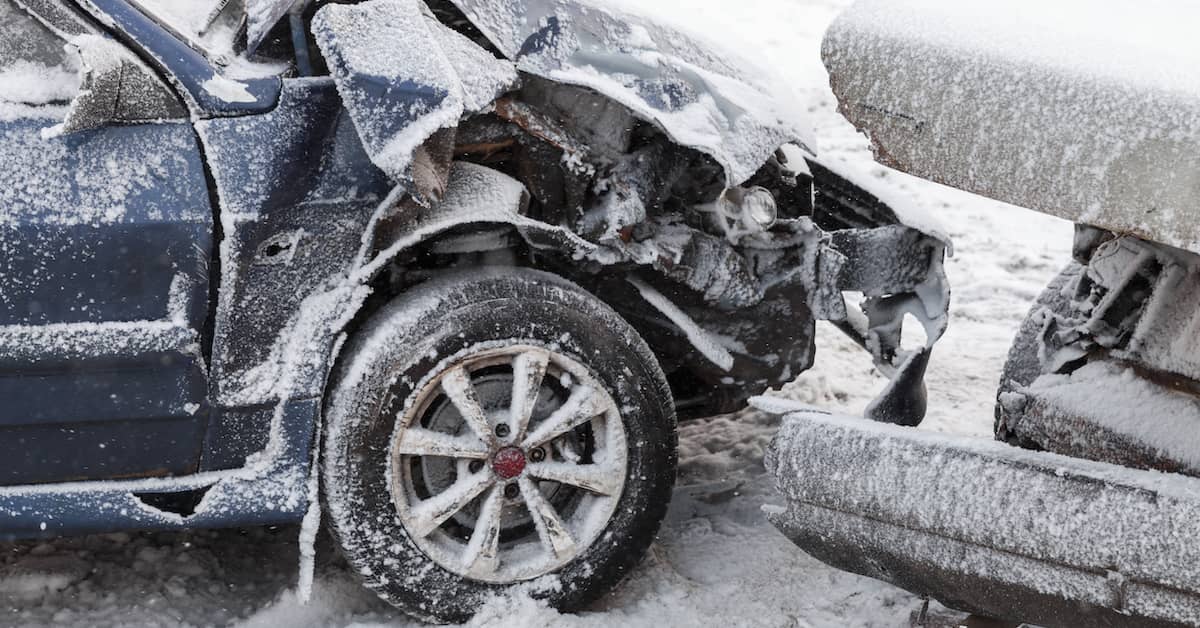
The Wisconsin Department of Transportation reports that Wisconsin’s average snowfall ranges from approximately 40 inches in the southern part of the state to as much as 160 inches along the shores of Lake Superior. Driving in the winter brings a new set of challenges to Wisconsin motorists. Snow, ice, and sleet make driving hazardous by limiting control and visibility.
Driving in adverse winter conditions requires skill and attentiveness. Unfortunately, thousands of automobile accidents occur every winter on Wisconsin’s roads, many of which involve catastrophic injuries and even death.
The experienced car accident lawyers at Studinski Law, LLC have seen the devastating impact that winter wrecks can have on accident victims and their families. If you suffered injuries in a crash caused by someone else’s mistake, you deserve justice for your medical bills, pain and suffering, and time away from work.
The University of Wisconsin–Madison estimates that more than 18,600 motor vehicle wrecks occur during winter months when roads are covered with snow, slush, or ice. According to the Wisconsin Department of Transportation, Wisconsin averages a total of 136,007 motor vehicle accidents every year. This means that roughly 13 percent of Wisconsin car accidents happen in winter.
Wisconsin winters can create dangerous driving conditions. Freezing weather brings blinding snowstorms, icy roads, and a variety of dangers that can cause accidents and injuries on the road. It’s important to know the common causes of winter car accidents and how to prevent them. Below are three winter conditions that can seriously inhibit your ability to drive safely.
Snow and ice accumulate on roadways during the winter months. Ice and snow make it difficult for tires to gain traction, in turn making it harder to turn, slow down, and stop a vehicle safely. When water freezes on road surfaces it can create black ice, which is hard to see and often causes drivers to lose control of their vehicles.
Slick road conditions can cause accidents such as:
Visibility can be low in winter conditions. Falling snow and blowing sleet can make it hard to see even a few feet in front of your vehicle. Additionally, it can be difficult to see the road surfaces and markings when snow and ice are covering the ground. This can lead to lane-drifting accidents.
The risk of lane-drifting and other low-visibility accidents can be reduced by keeping an attentive eye on your surroundings. If you cannot see road markings, look for other vehicles’ tracks to follow, and maintain safe following distances at all times.
To drive safely in any weather environment, your vehicle must be in good condition. This is especially true for winter driving. When drivers fail to adequately maintain their vehicles, they put themselves and others on the road at considerable risk.
Just some of the many examples of poor vehicle maintenance that can cause winter accidents include:
Bad weather is not an excuse for poor vehicle maintenance. Drivers have an obligation to ensure their vehicles are road-safe. A motorist can greatly reduce his or her chances of a wintertime car wreck by repairing or replacing damaged or worn-down systems or components before winter begins, and keeping headlights and taillights cleared and clean
The car accident lawyers at Studinski Law, LLC have substantial experience in a range of car accident claims. We have helped clients throughout Wisconsin recover the compensation and justice they deserve. We understand the hardships you may be facing, and we are committed to helping you obtain the maximum compensation you deserve.
If you have been hurt or lost a loved one in a winter car accident, call Studinski Law, LLC today at (715) 343-2850 to discuss your case for free. We proudly serve Plover, Marshfield, and all other Wisconsin areas.
